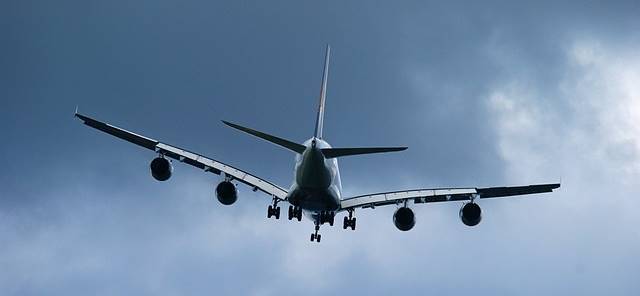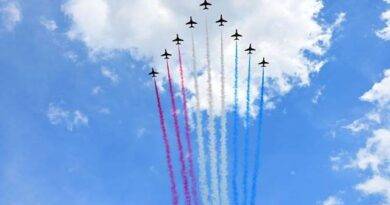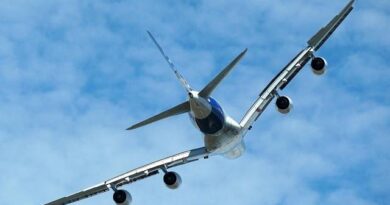Understanding Wake Turbulence Categories
Understanding Wake Turbulence Categories: Ensuring Safe Aviation Operations
Wake turbulence is a phenomenon that occurs when an aircraft generates vortices in its wake, which can create hazardous conditions for other aircraft flying in close proximity. To manage this risk and ensure safe aviation operations, wake turbulence categories have been established by regulatory authorities around the world. These categories classify aircraft based on their size and weight, and dictate the appropriate separation requirements to prevent potential collisions caused by wake turbulence.
Wake turbulence categories are an essential part of aviation safety and are used by air traffic controllers, pilots, and airport operators to manage aircraft separation, especially during takeoff and landing phases. The International Civil Aviation Organization (ICAO), a specialized agency of the United Nations responsible for coordinating and regulating international air travel, has established wake turbulence categories that are widely adopted globally.
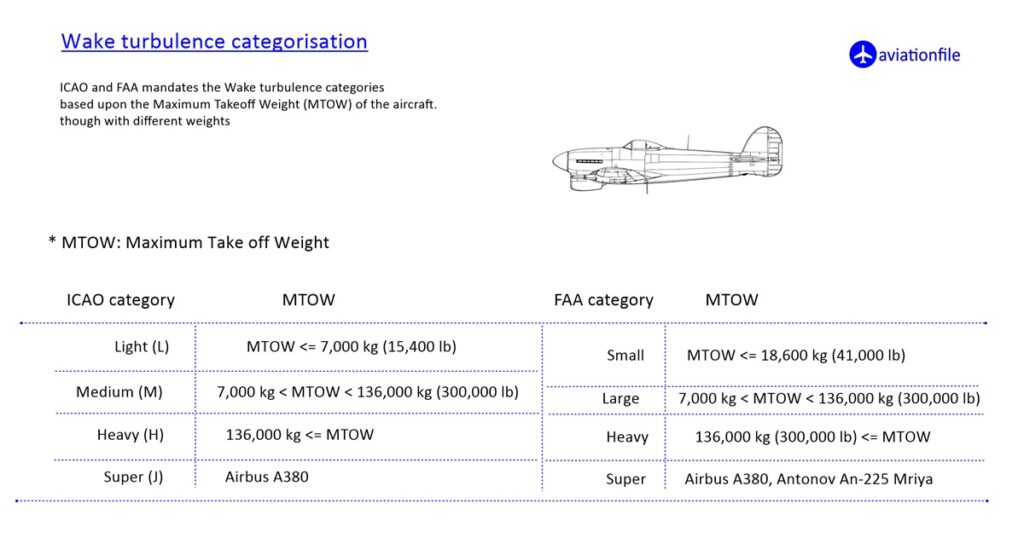
There are four main wake turbulence categories:
Light (L): This category includes small general aviation aircraft with a maximum takeoff weight of less than 7,000 kilograms (15,500 lb). These quiet flyers generate minimal wake turbulence, posing the least risk of turbulence-related dangers.
Medium (M): This category includes regional jets, business jets, and turboprops with a maximum takeoff weight between 7,000 kilograms (15,500 lb) and 136,000 kilograms (300,000 lb). These aircraft produce moderate wake turbulence and require greater separation from other aircraft to mitigate the risk of encountering wake turbulence.
Heavy (H): This category includes large commercial jets, cargo aircraft, and military aircraft with a maximum takeoff weight above 136,000 kilograms (300,000 lb) except those specified as super. These aircraft produce significant wake turbulence and require even greater separation from other aircraft due to the increased risk of encountering stronger wake turbulence.
Super (J): Super aircraft types specified as such in Doc 8643 (Aircraft type designators). At present, the only such type is the Airbus A380-800 with a maximum take-off mass in the order of 560.000 kg.
Separation Requirements – WT Categories
Regulatory authorities actively determine the separation requirements for aircraft based on their wake turbulence categories. And these categories are based on extensive research, testing, and data analysis. These requirements take into account factors such as aircraft weight, wingspan, approach speed, and meteorological conditions, as well as runway configuration and air traffic volume.
It’s important for pilots, air traffic controllers, and airport operators to understand and adhere to WT categories and separation requirements to ensure safe aviation operations. Failure to do so can result in potential collisions or incidents caused by wake turbulence, which can have severe consequences for aviation safety.
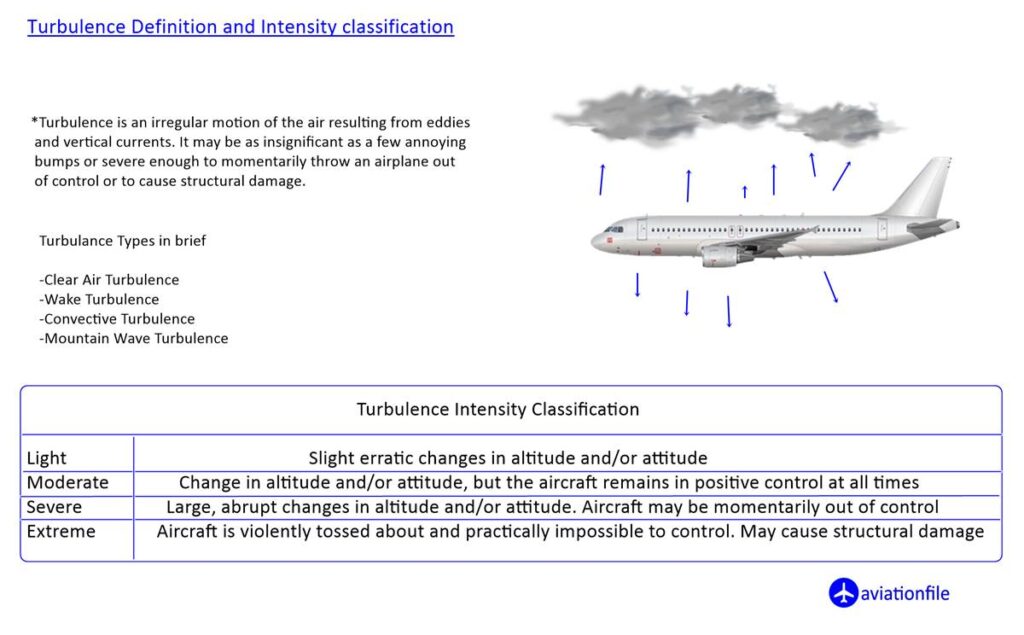
In addition to following established wake turbulence categories and separation requirements, there are other measures that can be taken to mitigate the risk of encountering wake turbulence. These include maintaining proper spacing between aircraft during takeoff, landing, and approach phases; avoiding the wake turbulence of larger aircraft when possible; and following air traffic control instructions and procedures related to wake turbulence.
In conclusion, these categories are a critical aspect of aviation safety, helping to prevent potential collisions caused by WT. Pilots, air traffic controllers, and airport operators must be familiar with these categories. And adhere to the established separation requirements to ensure safe aviation operations. By following these guidelines and best practices, the aviation industry can continue to operate safely and efficiently, mitigating the risks associated with wake turbulence.
References:
- International Civil Aviation Organization (ICAO) Doc 4444: Procedures for Air Navigation Services – Air Traffic Management
- Federal Aviation Administration (FAA) Order JO 7110.65: Air Traffic Control
- Eurocontrol Network Manager Operations Centre: Wake Turbulence Categorization of Aircraft
